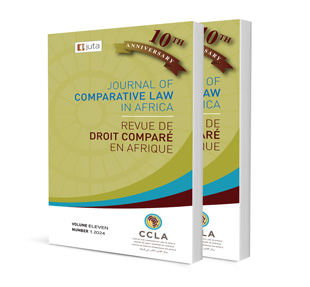Incorporating Sustainable Development Principles in Africa’s Investment Treaty-Making

Incorporating Sustainable Development Principles in Africa’s Investment Treaty-Making
Author: Mmiselo Freedom Qumba
ISSN: 2521-2605
Affiliations: LLB (WSU) LLM (International Trade and Investment Law) (UP) Lecturer at UP Mercantile Law Department, University of Pretoria
Source: Journal of Comparative Law in Africa, Volume 11 Issue 2, p. 43 – 79
https://doi.org/10.47348/JCLA/v11/i2a2
Abstract
African states have long been critical of the international investment law regime, believing that international investment agreements (IIA) are misaligned with their sustainable development efforts. As a result, they have crafted modern IIAs to address the legitimacy crisis within the investment law regime. Despite improvements in Africa’s new, modern IIAs, some countries continue to conclude bilateral investment treaties (BITs) framed in line with older-generation agreements. An overview of the recent trends in treaty drafting shows that African countries have embraced IIAs as important tools for sustainable development. This article revisits the International Law Association ‘New Delhi Declaration of Principles of International Law’ to formulate concrete legal solutions not only as binding legal principles for investors within the African continent but also as incentive to improve sustainability through self-monitoring rather than international or domestic enforcement. This underscores the importance for treaty interpreters and drafters to carefully recognise the integration and application of a sustainable development framework. Accordingly, the article integrates lessons from African experiences and articulates the sustainable development-oriented principles and concepts that should be considered by policy makers and treaty drafters when developing new model BITs or renegotiating the old generation IIAs.